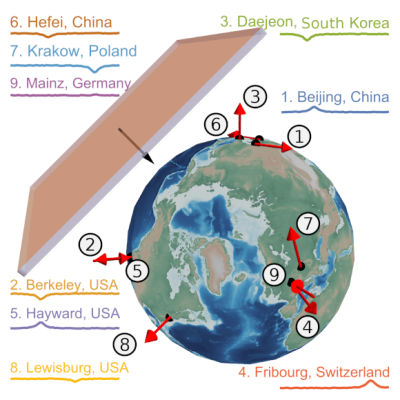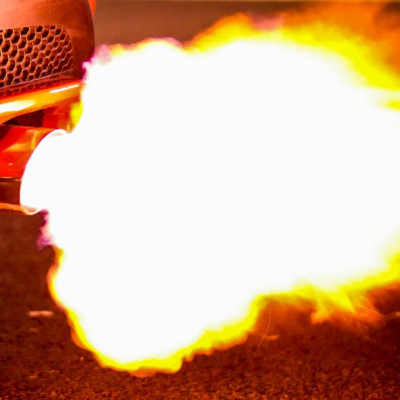Innovative vibroacoustic metamaterials have the potential to improve traditional sound barriers and effectively protect residents from traffic noise. Researchers at the Fraunhofer Institute for Structural Durability and System Reliability (Fraunhofer LBF) are collaborating with the Austrian motorway and expressway financing company (ASFINAG) to test a laboratory prototype on highways and expressways in Austria. According to a study by The Maersk Mc-Kinney Moller Institute, noise from cars and trucks is a significant stress factor for residents living near roads and highways and can increase the risk of dementia. However, conventional sound protection measures, such as acoustic resonators that absorb sound or high sound barriers that enclose roads, can only partially combat traffic noise.
The innovative materials combine lightweight construction and efficient noise protection, allowing even glass walls to be used as effective sound barriers. In a laboratory experiment, the transmission of sound through a glass wall with acoustic metastructures was reduced by up to 20 decibels. As with all metamaterials, vibroacoustic metamaterials are not materials in the traditional sense but are created through the interaction between a structure and a material. In this case, the researchers at Fraunhofer LBF transformed a conventional glass sound barrier into a vibroacoustic metamaterial wall by arranging tiny resonator structures periodically on the surface. The position of the resonator structures, rather than the material, is crucial to their effectiveness. To reduce noise, the structures must be positioned at intervals smaller than half the wavelength of the sound waves to be reduced.
The vibroacoustic metamaterial acts as a sound converter, transforming airborne sound waves into body sound waves that are then absorbed by the sound barrier. Because the experiments with the glass vibroacoustic sound barriers were successful, a practical test will soon be conducted on Austrian highways and expressways. The vibroacoustic sound barriers are passive and require no maintenance, and their lifespan is not a problem because the sound-absorbing effect is dependent on the structure rather than the material of the resonators. Retrofitting existing sound barriers with the resonators is also possible. The vibroacoustic metamaterials have the potential to significantly reduce traffic noise and improve the quality of life for residents living near roads and highways.










